Hosting cultural events and educational programs for people of all ages. Cultural centers are located in most parts of the country.
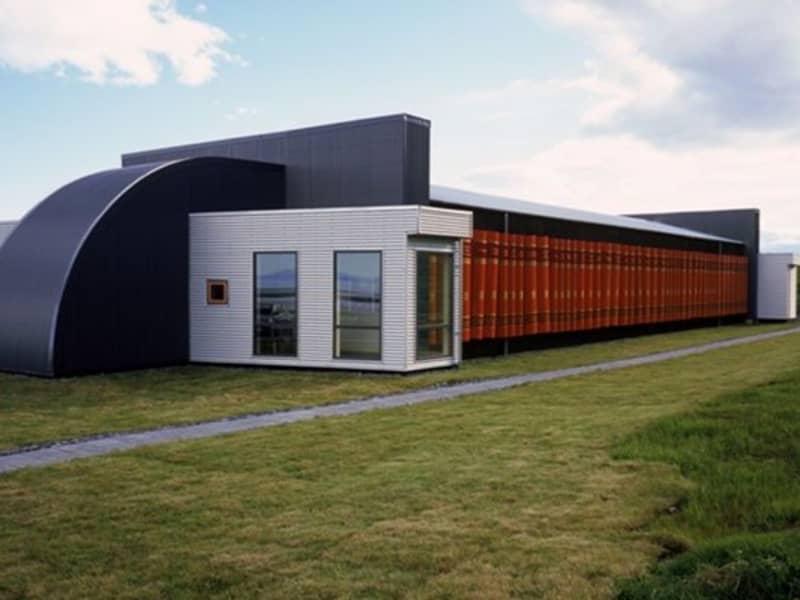
Þórbergssetur
The Þórbergur Centre was established in memory of the famous Icelandic writer Þórbergur Þórðarsson (1888 – 1974), who was born in Hali in Suðursveit. The centre includes a heritage museum and unique exhibitions of the district Sudursveit and the writer Þórbergur Þórðarson, his life and work. The Thorbergur Centre is by road number 1, the Ring Road. only 13 km further east from Jökulsárlón.
Our restaurant offers local food from the farm and the Vatnajökull region.
View
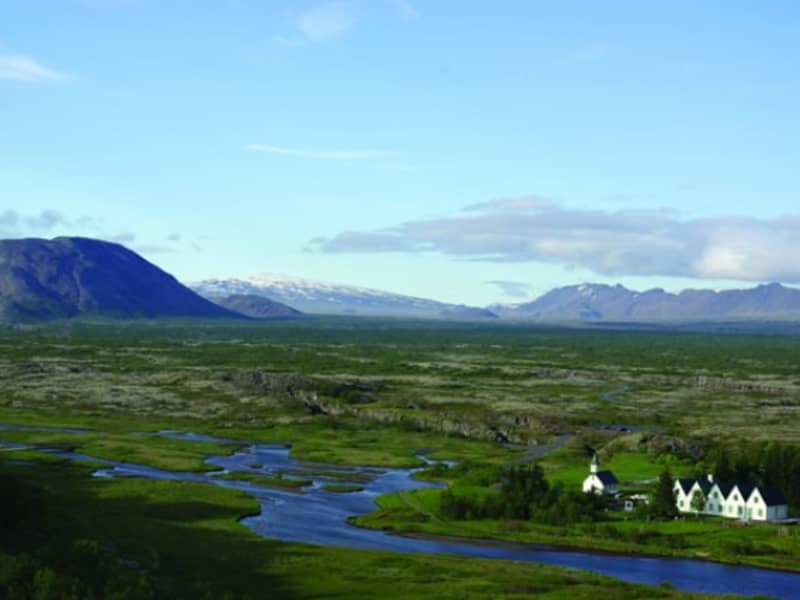
Thingvellir National park
At the campground there are WC´s, showers, washing machines and a outside grill. In the service centre visitors can pay for camping and fishing permit and seek further information about the area.There is a small cafeteria which services soup, sandwiches and pizza.Summer opening hours (June-August):09:00-20:00
Winter opening hours (September - May):Information desk: 09:00-16:00Store and Service Centre at Leirar: 09:00-18:00
View
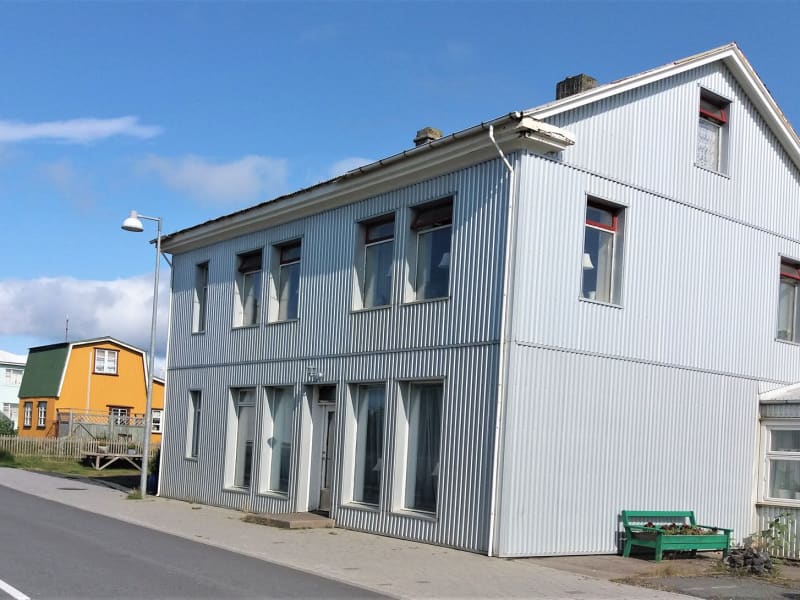
Bakkastofa Culture Center
Icelandic Culture Center Bakkastofa welcomes guests with stories and music, where the history and culture of the nation is in focus.
Short video introduction about us :)
View
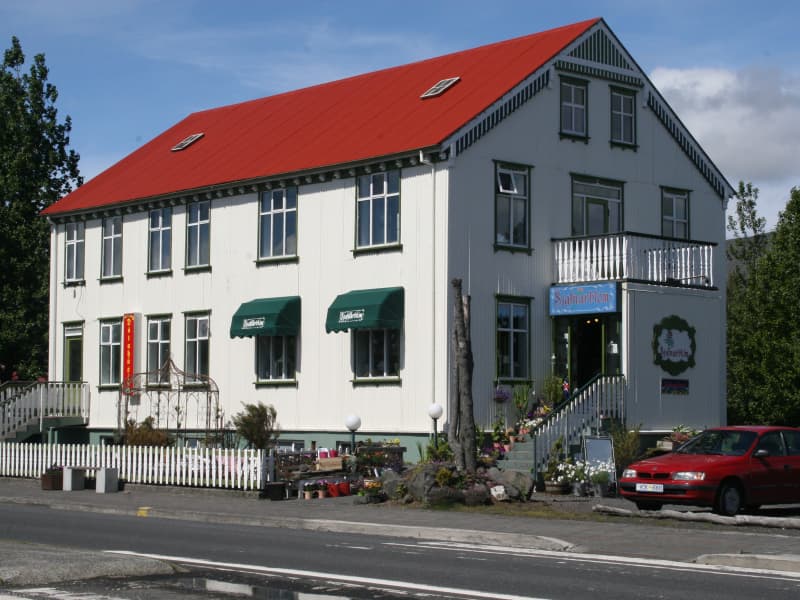
The Bobby Fischer Center
This centre houses memorabilia of the 11th World Chess Champion BOBBY FISCHER and the Selfoss Chess Club. The American Bobby Fischer became the World Chess Champion when he defeated the Soviet grandmaster and reigning World Champion Boris Spassky in Reykjavík in the summer of 1972. The match is generally referred to as the Match of the Century. It took place at the height of the Cold War, mirroring the tense relations between the two superpowers, the United States of America and the Soviet Union. Since 1948 Soviet chess players had held the World Championship title - uninterrupted for 25 years. On display at the Bobby Fischer centre in Selfoss are among other things Spassky´s and Fischer´s scoresheets, a printout from the radiation measurements demanded by Spassky´s delegation after the 17th game and a replica of the chessboard used during the match, which was staged in Laugardalshöll in Reykjavík. In addition, there are many curious items related to Bobby Fischer‘s stay in Iceland during his last years (2005-2008), for example, his chair from the antiquarian bookshop Bókin in Reykjavík. He died on 17th January 2008 at the age of 64. Bobby Fischer´s final resting place is at Laugardælir cemetery, a few hundred metres away from the Bobby Fischer centre.
Open from 13:00-17:00 every day, from 1 June to 22 August.
View
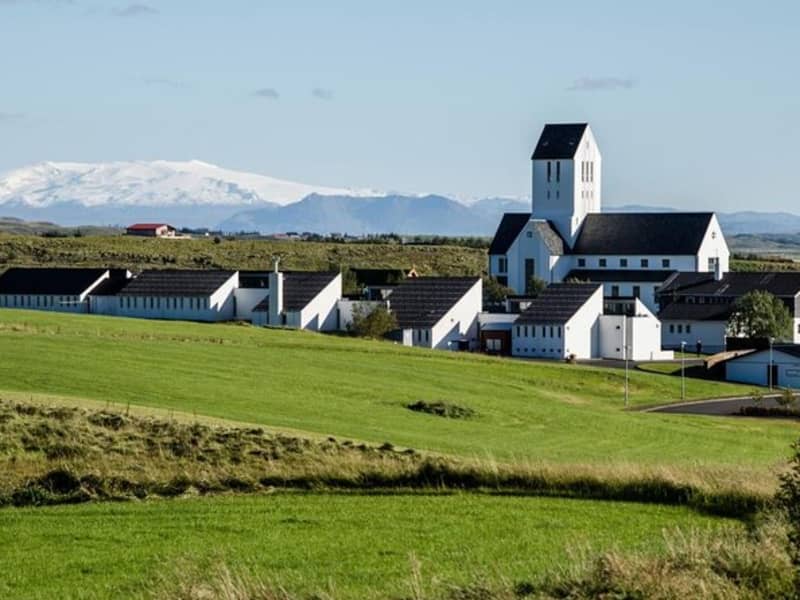
Skalholt Cathedral
Skálholt is one of Iceland's most historical places and the capital of Iceland for over 700 years. It was the scene of the most dramatic events which shaped the political, spiritual, and cultural life in Iceland.
Skálholt Cathedral was built in 1963 and is the 10th cathedral on the very site, the first one was built in the year 1000 when Icelanders became a christian nation. The current Cathedral is known for its stylish architecture, the beautiful altarpiece, and the spectacular glass-stained windows. The tomb of bishops, a museum of historical artifacts, and a mysterious underground tunnel is situated in the cellar of the church.
Guided tours are offered for groups of 10 or more for a moderate fee.
Skálholt Cathedral is open from 9:00am - 6:00pm every day.
Skálholt is located about 1 hour from Reykjavík and is part of the Golden Circle Route. From Reykjavík take Ring road 1 towards Selfoss town, and drive for around 30 minutes. Before entering the town take road nr 35, drive for about 20 minutes and turn right on road 31. Drive for about 5 minutes and you will see Skálholt on your right-hand side.
Skálholt´s early history is traced back to the 11th century when religious disputes were at their sharpest in Iceland. Within two centuries of the settlement of Iceland, the first bishopric was founded at Skálholt in 1056 for South Iceland, and soon a second at Hólar in 1109 for North Iceland.
In 1954, a team of archaeologists, while digging up the foundations of the old cathedral, came upon a sarcophagus which was believed to contain the skeleton of Páll Jónsson, one of the most powerful bishops of Skálholt. His sarcophagus, together with a few relics found at the scene, is now on display in an underground vault beneath the cathedral.
The last Catholic bishop of Iceland, Jón Arason, was executed at Skálholt in 1550, along with his two sons. He had opposed the Reformation imposed upon Iceland by King Christian III of Denmark. Today, a memorial stands at the site of the execution. Arason's Episcopal robes are on display at the National Museum of Iceland in Reykjavík.
Hotel SkálholtHotel Skálholt is a perfect place to stay when you want to visit places in the Golden Circle, the South Coast or the highlands of Iceland since it is situated near so many places to have wonderful day trips.
In Skálholt there is a variety of accommodation; Hotel Skálholt has 18 DBL rooms with private bathroom.
Organist house is a 3-5 bedroom villa with 2 bathrooms and a private hot tub.
Skálholt hostel has 10 DBL rooms with shared facilities, a large kitchen, dining room, a large ballroom and seating area. The location is perfect for school groups, yoga groups, choirs, or for smaller parties.
Two cottages, located close to Skáholt hostel has 2 bedrooms each (4 beds), living room, kitchen and private bathroom. Each cottage has a private hot tub.
Hotel Skálholt has facilities for meetings, seminars and conferences. The space is also great for events such as weddings, concerts and more and the facilities is available for groups to rent out. There are regular cultural events, such as stand-up comedy, small concerts, book events, art shows and more.
Hotel Skálholt is a perfect place to stop on your Golden Circle tour or for those who want to enjoy the countryside, the view, the natural beauty and the tranquility.
For bookings please send an email to hotelskalholt@hotelskalholt.is or call to +354 486 8870.
More information at: www.hotelskalholt.is
Hvönn restaurantHvönn Restaurant is an experimental kitchen where the focus is on using fresh local ingredients. Meat, fish, and vegetables are sourced locally, and fused Icelandic and international food traditions from abroad using fermentation techniques (kombucha, lactose fermentation, kefir) and drying methods. These practices give the food a unique and special taste and texture.
During the day the a bistro menu has delicious Icelandic choices, and in the evening the menu has a distinctive and curated three-course dinner experience that changes nightly.
Whether it is for lunch or dinner, you are welcome to Hvönn restaurant.
The chef Bjarki Sól is one of the owner of the hotel. He has worked as a chef for many years on projects to increase the quality of food companies in the area and he takes advantage of all the experience and relationships on the restaurant.
Summer opening hours from May to November - 11:30am - 9pm every day.
Bistro menu is served from 11:30am to 5pm each day and 3 course set menu is served in the evening.
Please send an email to hotelskalholt@hotelskalholt.is or call to +354 486 8870.
More information at: www.hotelskalholt.is.
We look forward to welcoming you in Skálholt.
View
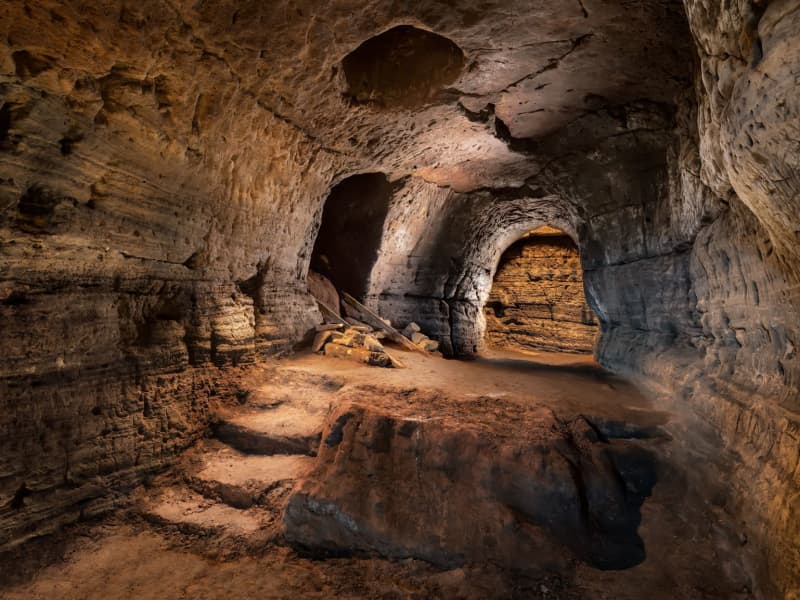
Caves of Hella
Twelve man-made caves have been discovered on the land of Ægissíða by Hella on the South Coast of Iceland. Four of them have been open to the public. The historical site is Iceland's oldest still standing archaeological remains. Some believe the caves to date even further back than the settlement of the Nordic Vikings.
The wonders of the Caves of Hella include ancient crosses, wall carvings, and carved seats.
Mystery surrounds the caves and for centuries people have wondered:
Are the caves the handiwork of the Celts?
Were the caves a place of ancient worship?
Caves of Hella offer a great opportunity to explore these historic caves in Iceland. Join us to discover the secrets they hold and experience the magical Underworld of the South.
The Caves are located right next to Route 1 (the Ring Road), an approximately hour drive from Reykjavik.
View
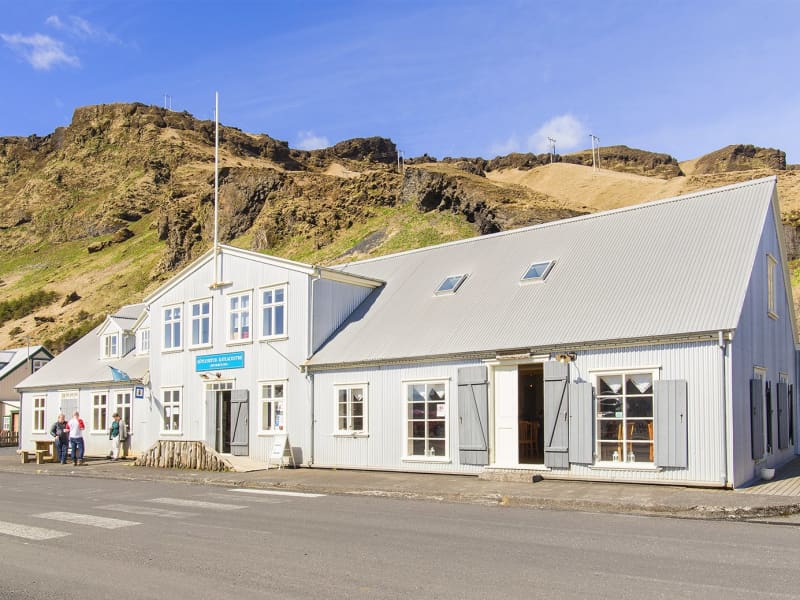
Katla Visitor Centre
In the old heart of Vík, you will find the historical Brydebúð building, housing the Katla Visitor Centre.
Encounter the geology of the Katla UNESCO Global Geopark in the Katla exhibition. Feel the various textures of local minerals, including volcanic ash dating back to 1860, and learn about volcanic eruptions in the infamous Katla volcano.
Discover the history of shipwrecks and disasters on the black beaches of South Iceland and get to know the lucky ship Skaftfellingur at the Hafnleysa Maritime Museum. Put yourselves in the shoes of fishermen fighting the waves of the harbourless south coast.
Learn how best to experience Vík and the Mýrdalur region at our information centre. Shop local produce and explore Vík by participating in the Vík Treasure Quest or tour the Vík Culture Walk. Maps of the area with all its exciting outdoor opportunities are available here!
View
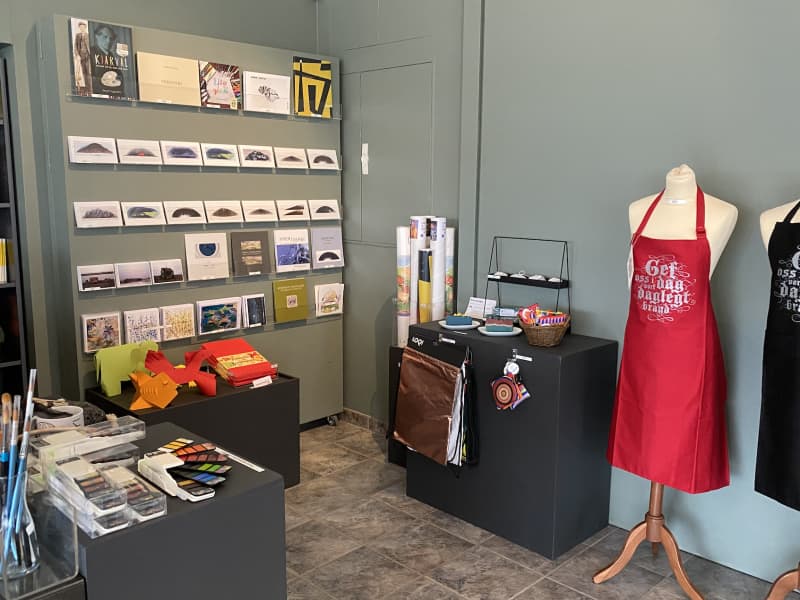
LÁ ART MUSEUM
LÁ Art Museum (Listasafn Árnesinga) welcomes you. It runs ambitious and various shows of contemporary as well as modern art in its four spacious exhibitions rooms. The exhibitions reflect our cultural heritage and our contemporary change.
The bright seating area offers visitors the chance to relax in a peaceful setting whilst browsing through art related reading material supplied. The Museum also houses a small café and the children´s corner gives the museum´s younger visitors a chance to enjoy themselves.
The Museum is owned by the eight Municipalities in Árnesinga County and supported by the Museum Council of Iceland.
LÁ Art Museum on Facebook
Opening hours:
May - August – every day: 12:00-17:00September - April – every day except Monday: 12:00-17:00
View
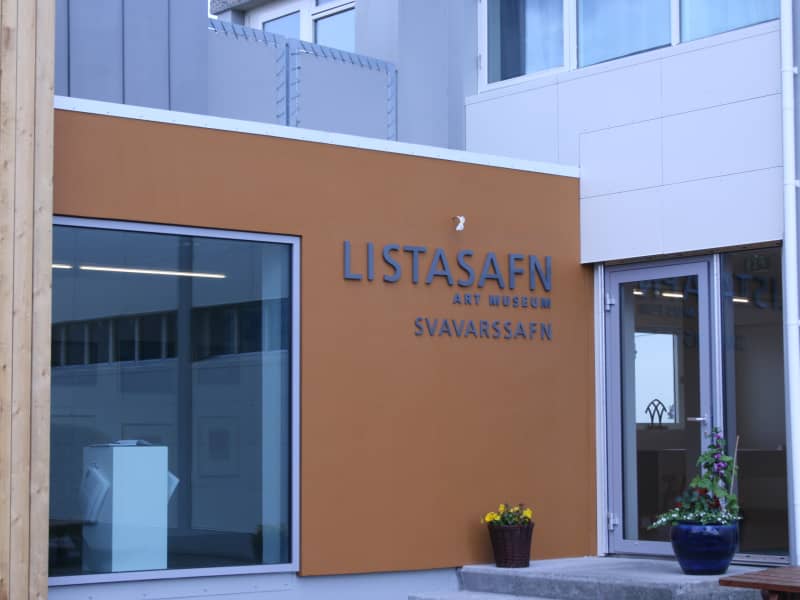
Hornafjörður Cultural Center
The cultural center has six museums as well as a research department that operates across the units. The museums are regional, maritime, natural history, art, book, district archives, natural history, and maritime museums.
Exhibitions organized by the museums are an important part of the museum's work, and here we emphasize the uniqueness of Hornafjörður and the community that is and was. Today, exhibitions are open in the library, Verbúðin in Miklagarður and Svavarssafn, and admission to the Cultural Center's exhibitions is free.
View
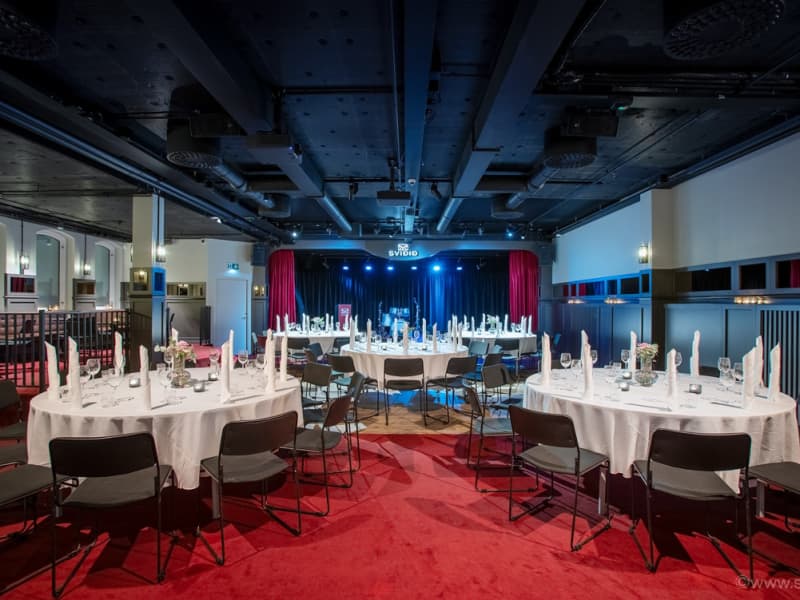
Sviðið
Sviðið is a new event location, placed in the new downtown Selfoss. The place is especially designed for concerts but its also suitable for parties, meetings and conferences. we can greet 100 to 260 people, depending on purpose. In addition to Sviðið we have two other venues. Risið and Miðbar. Please contact us for further information
View
Other (3)
| The Ghost Centre | Hafnargata 9 | 825 Stokkseyri | 895-0020 |
| Hotel Leirubakki | Landsveit | 851 Hella | 487-8700 |
| Vestmannaeyjar Museum | Ráðhúsatröð | 900 Vestmannaeyjar | 488-2040 |

